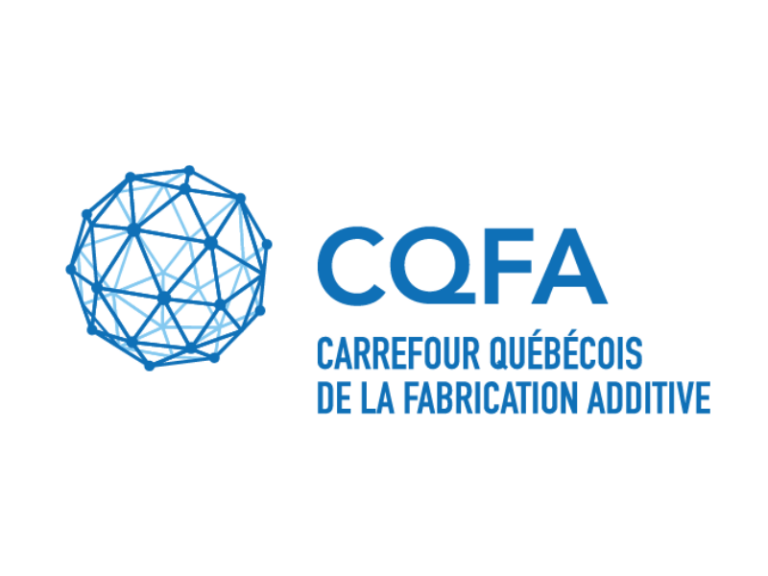
2023/11/16
Développement de poudres d’acier à outils S7 par atomisation à l’eau pour la fabrication additive par fusion laser sur lit de poudre (LPBF)
Mutel, D. (2023). Développement de poudres d’acier à outils S7 par atomisation à l’eau pour la fabrication additive par fusion laser sur lit de poudre (LPBF). Thesis.
Unlike subtractive manufacturing, additive manufacturing is a process for producing objects layer by layer. This process would make it possible to design new products with complex geometry that could not be manufactured using traditional processes. In the majority of cases, additive manufacturing requires powders with very specific properties in order to obtain parts with the desired mechanical properties. This is why gas atomization is the preferred process for producing powders. Indeed, this method makes it possible to obtain particles with a spherical morphology and exempt of oxide, subsequently conferring excellent rheological properties on the powders produced. On the other hand, from an economic point of view, the use of water atomization to produce ferrous alloys for laser powder bed fusion could be very attractive considering its much higher production rate and production costs significantly lower. This thesis investigates the use of S7 tool steel powder produced by water atomization for additive manufacturing by laser powder bed fusion. In order to be able to substitute gas atomization by water atomization, this thesis will optimize the water atomization process as well as the chemistry of the original alloys in order to maximize the particle sphericities (morphology) while minimizing the oxygen content. Thus, tool steel powders suitable for additive manufacturing could be produced at a fraction of the cost of those obtained by gas atomization. Moreover, to understand the relationship between powder flow and the morphological characteristics of individual particles, artificial intelligence is used as a tool to establish links between these properties. Micrographs of the powders produced were acquired by scanning electron microscopy to be subsequently segmented into individual particles. The micrographs of individual particles or their shape descriptors are then processed using artificial intelligence to corelate the information collected on individual particles with the rheological properties of powder specimens. Finally, to verify the suitability of using S7 tool steel powder produced by water atomization in laser powder bed fusion process, the powders produced by water atomization were used to produce parts and determine their mechanical properties such as tensile strength, ductility and impact toughness. This work provides new knowledge on the relationships between the physical properties of powders and their rheological properties, but also on the feasibility of using water-atomized powders in additive manufacturing on a powder bed.